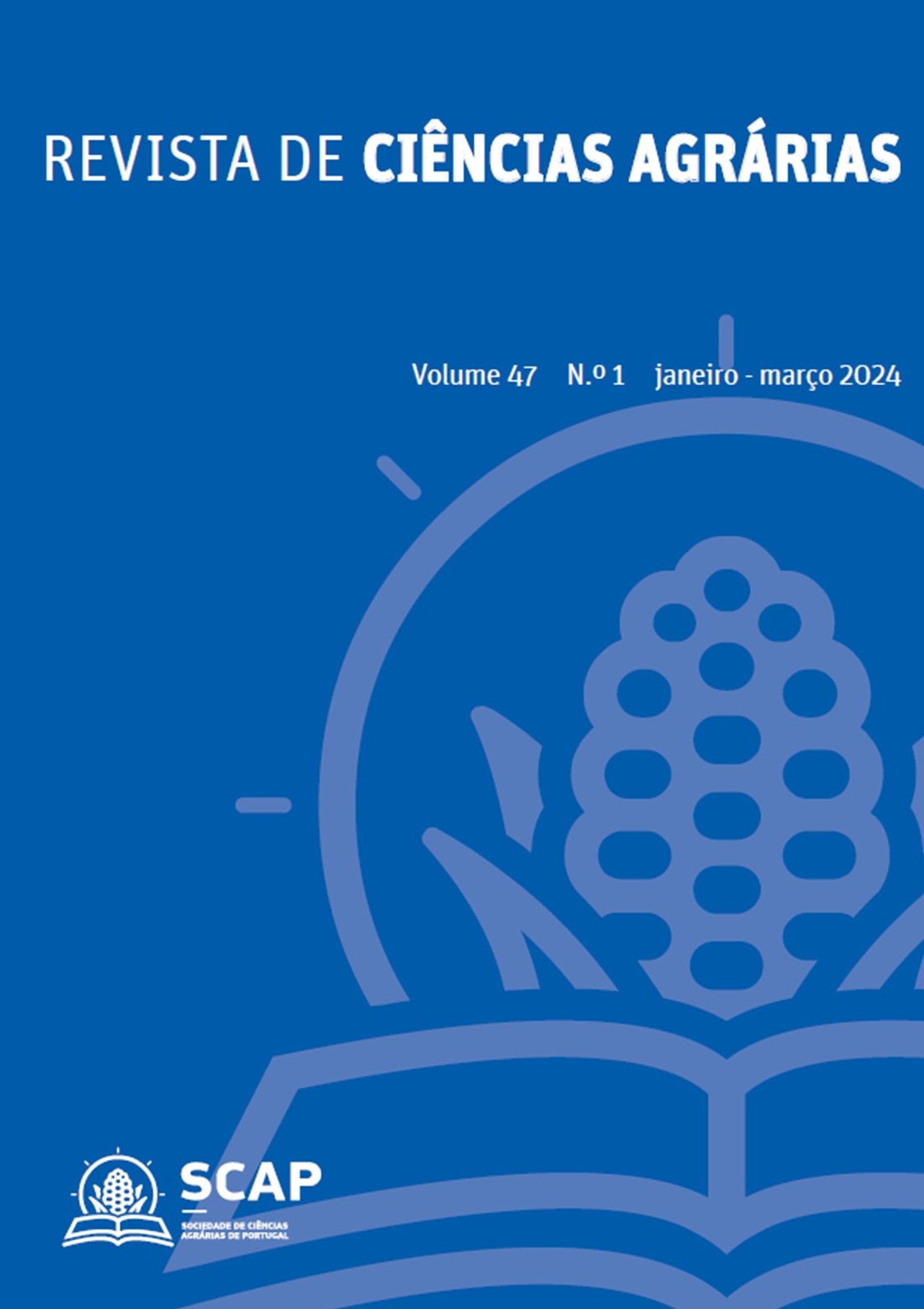Phytotoxic activity of citral on Avena fatua and Chenopodium album
DOI:
https://doi.org/10.19084/rca.34851Abstract
Citral is a secondary metabolite found in the composition of many essential oils from plants, such as the essential oil of Cymbopogon citratus (DC.) Stapf, in which it is the major constituent. Citral has been demonstrated to possess several biological activities, among them herbicidal activity, so it has a high potential for the development of natural herbicides. In this work, the phytotoxic potential of citral was studied on two weeds, Avena fatua L. (monocotyledonous) and Chenopodium album L. (dicotyledonous). The tests were carried out under greenhouse conditions at the Universitat Politècnica de València. Citral was tested at different concentrations applied by spraying in post-emergence when the plants had 2-3 leaves in the case of A. fatua and 4-6 leaves in the case of C. album. The results showed high efficacy of citral as herbicide under greenhouse conditions. Trials on other species and under field conditions would be necessary to verify its herbicidal potential under real conditions, but it was shown to be a good candidate for bioherbicide formulations.


